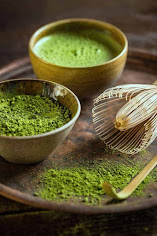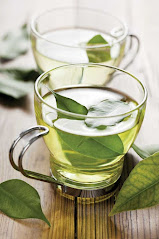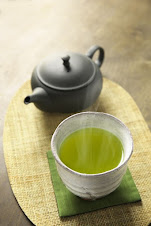Everything you need to know about Tea and its benefits
Tea as a way of life
Tea:
It's more than just a beverage; it's a cultural cornerstone, a soothing ritual, and a source of endless fascination for millions around the globe. From the misty hills of China to the bustling streets of Morocco, tea has woven its way into the fabric of societies, offering not just a moment of respite, but a myriad of health benefits and a diverse array of flavors to tantalize the taste buds. Join us on a journey as we delve into the world of tea, exploring its varieties, benefits, and the rich lifestyles that revolve around this beloved drink.
There are many varieties of Tea around the globe, they are classified between flavours and types:
Green Tea:
Renowned for its delicate taste and numerous health benefits, green tea is enjoyed across Asia and beyond. With its grassy, slightly bitter flavor, it's prized for its high antioxidant content and potential to boost metabolism.
Matcha Tea, is a vibrant green tea powder made from finely ground green tea leaves. It originated in Japan. Matcha is prized for its high concentration of antioxidants, particularly catechins, which are believed to have various health benefits, including reducing the risk of chronic diseases.
Black Tea:
This tea is rich, robust, and often paired with milk and sugar in Western cultures, black tea undergoes full oxidation, resulting in its characteristic dark color and bold flavor. Popular varieties include Assam, Darjeeling, Earl Grey, English Breakfast, and Ceylon, each with its own unique flavor profile and brewing recommendations. Whether you enjoy it plain, with a splash of milk, or a hint of sugar, black tea is a comforting and energizing choice for any time of day.
Oolong Tea:
Hailing from China and Taiwan, oolong tea falls somewhere between green and black tea in terms of oxidation. Its flavor profile can range from floral and fruity to toasty and nutty, making it a favorite among connoisseurs. It undergoes partial oxidation, giving it a flavor profile that can range from light and floral to rich and complex, depending on the degree of oxidation and the tea.



The degree of oxidation can range anywhere from around 10% to 70%, resulting in a diverse range of flavors and aromas. In conclusion, the result is a tea with a complex and nuanced flavor profile, often described as having a fruity, floral, or woody taste, with a smooth mouthfeel and lingering finish.
White Tea:
Known for its subtle, delicate flavor and minimal processing, white tea is made from young tea leaves and buds. It's prized for its high antioxidant levels and is often described as refreshing and light.



Unlike other types of tea that may undergo rolling or shaping, white tea leaves are usually left largely intact, allowing them to retain their natural shape.
The result is a light and subtle tea with delicate flavors and aromas. White tea is known for its pale color, which brews into a light golden or pale yellow liquor. It has a mild and slightly sweet flavor profile, often with floral or fruity undertones, and a subtle, refreshing taste.
Herbal Tea: While not technically tea (as it doesn't come from the Camellia sinensis plant), herbal teas offer a wealth of flavors and potential health benefits. From calming chamomile to invigorating peppermint, the world of herbal teas is vast and varied.







Comments
Post a Comment